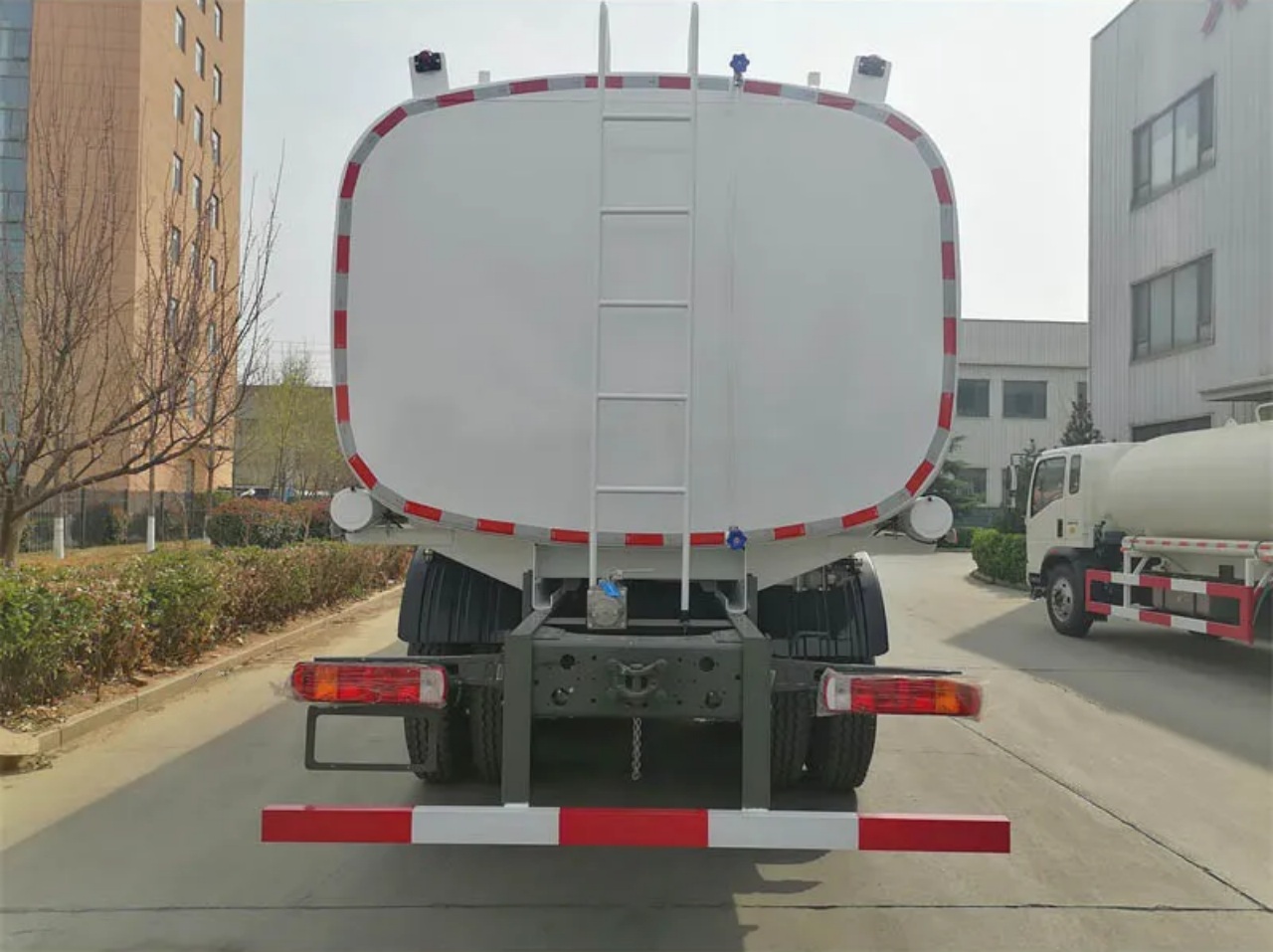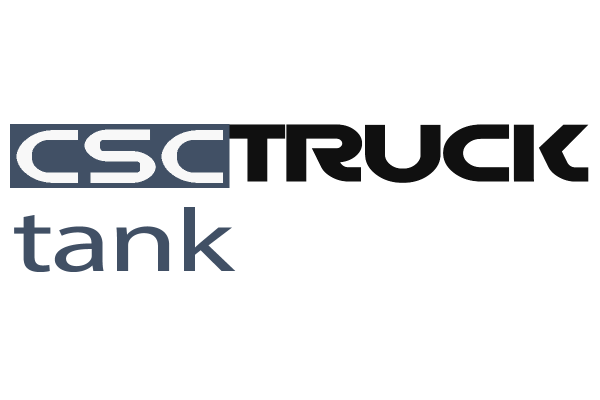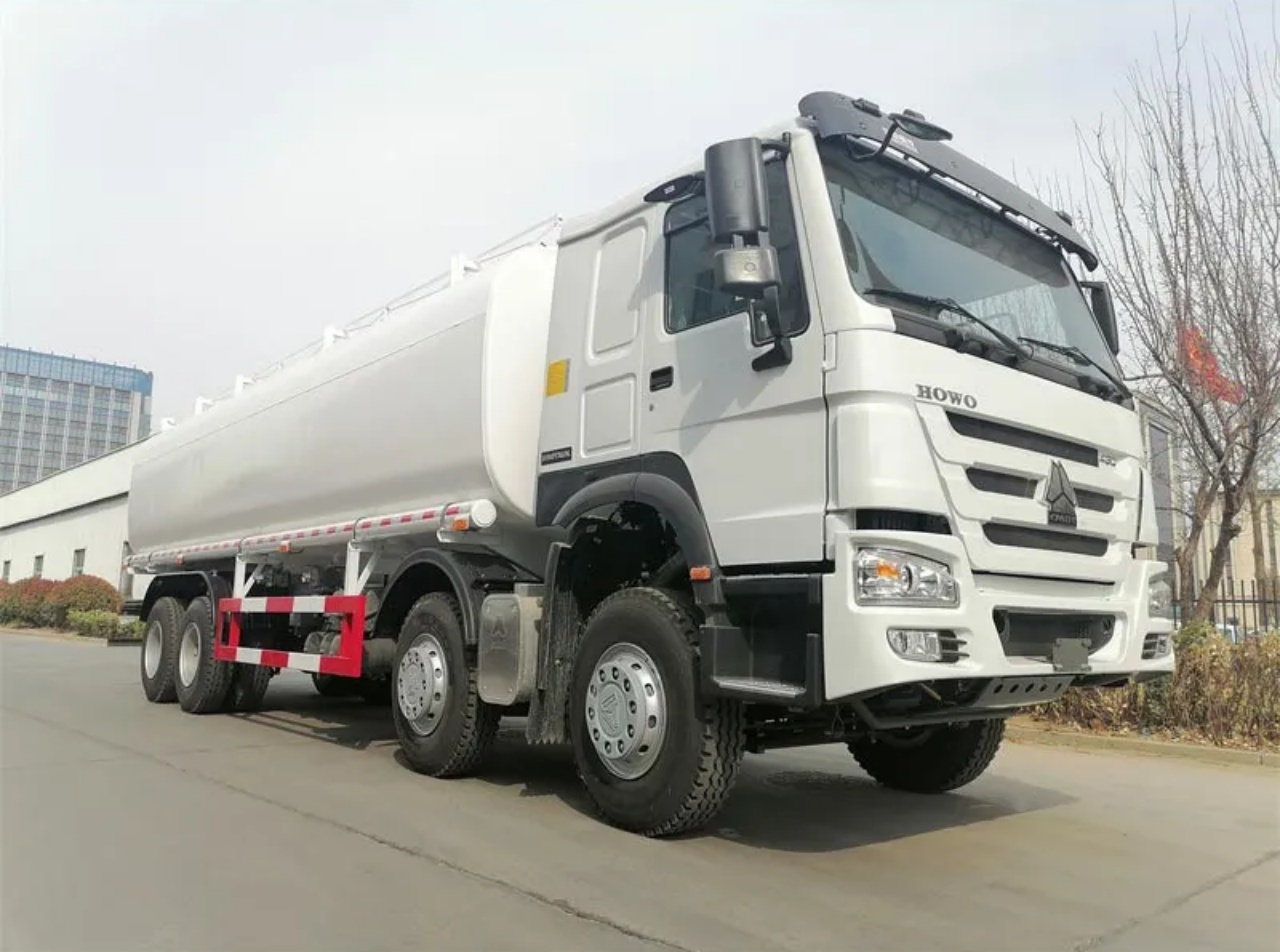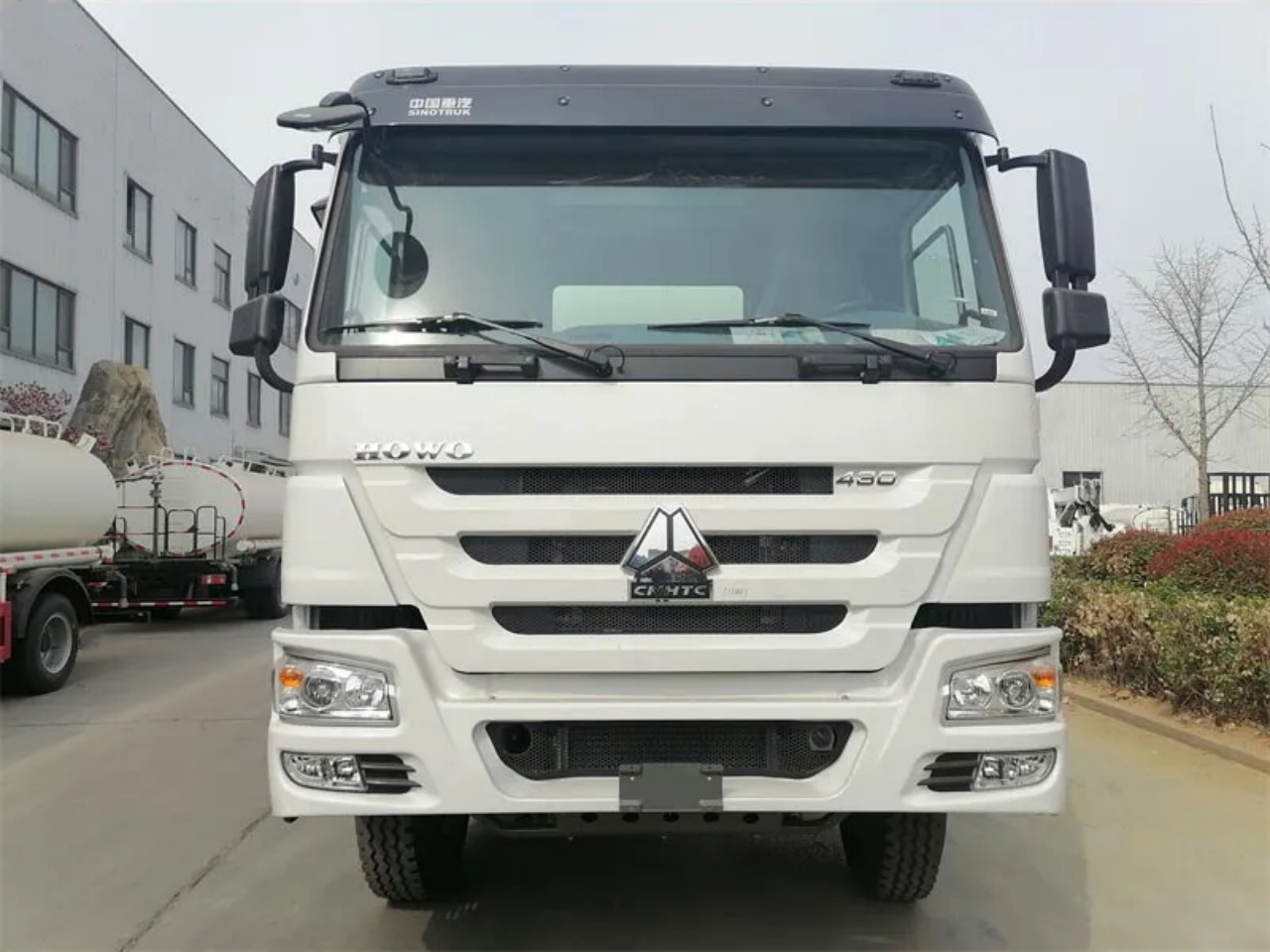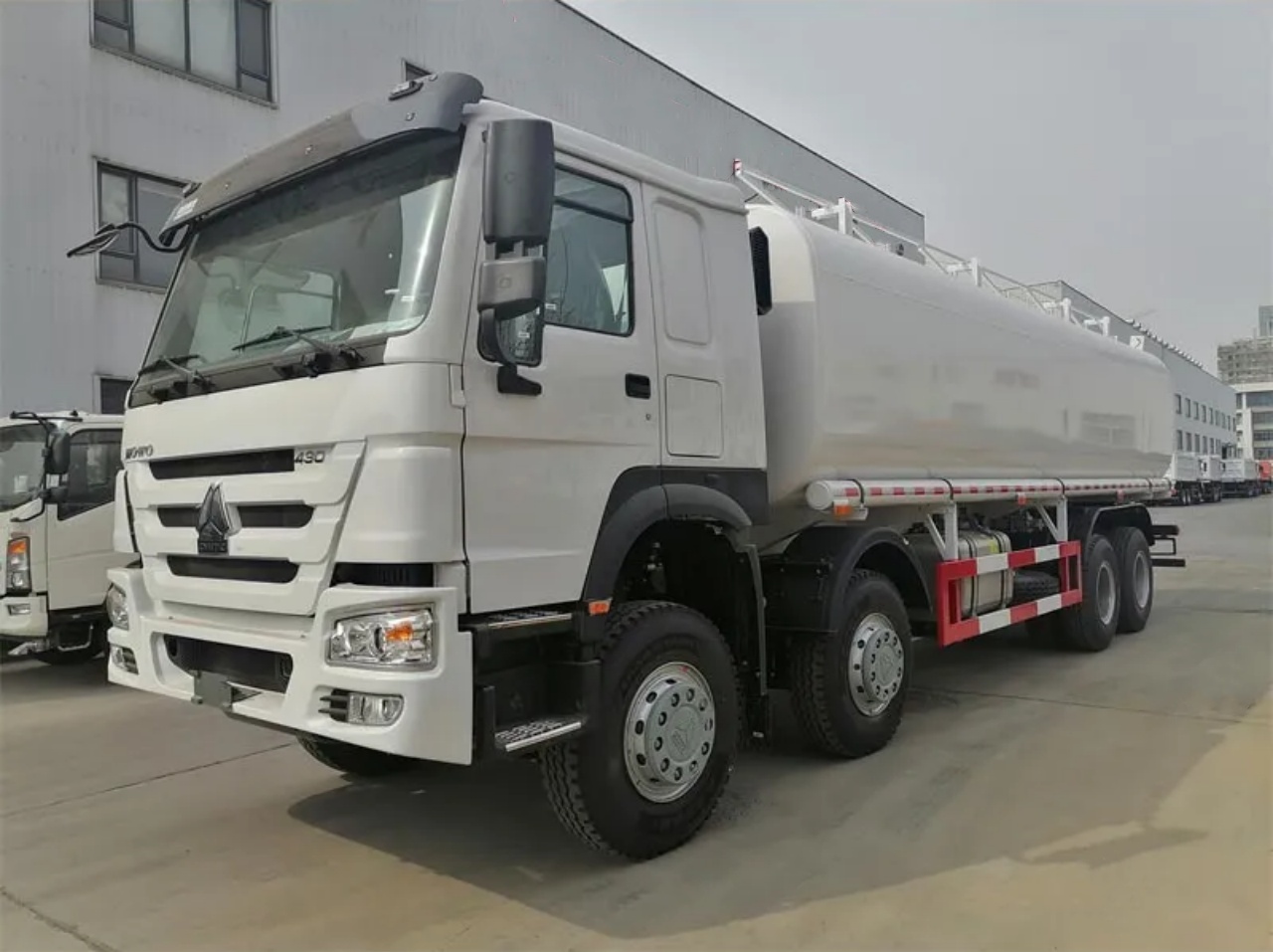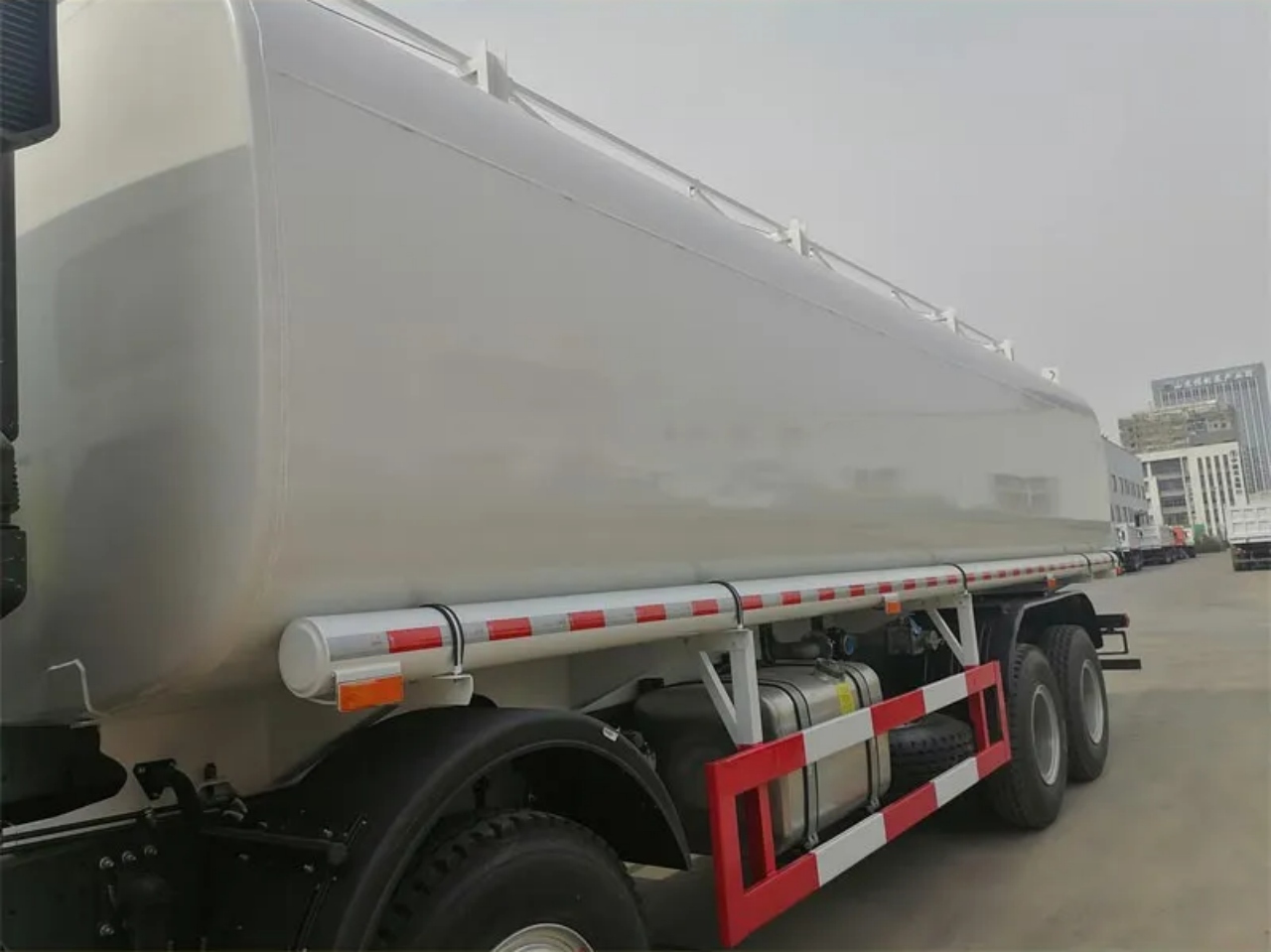A water cart is a specialized vehicle designed to transport and distribute water for various purposes. It plays a critical role in industries such as construction, mining, agriculture, landscaping, and public works. Often resembling a truck or trailer with a mounted tank, the water cart is equipped with pumps, hoses, and spray nozzles to efficiently deliver water where it’s needed. Understanding what a water cart is involves exploring its functions, design, applications, and importance in different sectors.
Definition of a Water Cart
At its core, a water cart is a mobile water-carrying unit, typically mounted on a rigid truck chassis or as a trailer towed by another vehicle. The tank, which is the central component, is constructed from materials such as steel, polyethylene, or fiberglass. The size of the tank can range from small portable units (around 1,000 liters) to large-capacity trucks carrying more than 20,000 liters of water.
The term “water cart” is more commonly used in countries like Australia and the UK. In North America, they may be referred to as water trucks or water tankers. Regardless of the terminology, the function remains the same: To supply water in environments where fixed infrastructure is unavailable or insufficient.
Key Components of a Water Cart
A standard water cart includes the following components:
- Water Tank
The tank is usually cylindrical or elliptical and is mounted horizontally. It is designed to safely store and transport water without spillage or contamination. Some tanks include internal baffles to reduce water sloshing during movement. - Pump System
A water pump is installed to create water pressure for effective discharge. Pumps can be powered by the truck engine (PTO – power take-off), a separate motor, or hydraulically. - Spray Bars and Nozzles
These are used for controlled spraying of water, especially important in dust suppression and road compaction. They can be mounted at the rear or sides of the vehicle. - Hoses and Reels
For manual watering or firefighting, water carts often come equipped with flexible hoses stored on reels for convenience. - Control Valves and Gauges
Operators use these controls to regulate flow rate, spray pattern, and pressure. Modern systems may include digital controls and automation for precision.
Applications of Water Carts
Water carts are used in a wide variety of fields:
1. Construction Sites
Dust control is a primary requirement on construction sites. Water carts spray fine mists of water over dirt roads and work areas to reduce airborne dust, which can pose health risks and visibility hazards. Additionally, they are used for soil compaction, aiding the process by moistening the ground.
2. Mining Operations
In mining, water carts are vital for both dust suppression and fire control. In open-cut mines, massive water carts operate on haul roads to manage dust created by heavy machinery. Their ability to access remote and rugged locations makes them indispensable.
3. Agriculture
Farmers use water carts for irrigation and livestock watering, especially in areas where permanent irrigation systems are unavailable. During droughts, they become essential for transporting water to fields and animals.
4. Landscaping and Civil Works
During urban landscaping or road construction, water carts are used to hydrate new plantings or to clean surfaces. Municipalities use them for street cleaning and maintenance of parks and gardens.
5. Emergency Services
Water carts can be adapted for firefighting in rural or remote areas. They provide a mobile water source for fire suppression where hydrants or natural water bodies are not accessible.
Benefits of Using Water Carts
- Mobility: Water carts can go anywhere, making them ideal for off-grid or undeveloped areas.
- Efficiency: They carry large volumes and can be quickly refilled and redeployed.
- Versatility: With customizable features (spray bars, hose reels, cannon sprays), water carts serve multiple functions.
- Cost-Effective: For temporary or seasonal needs, using a water cart is more economical than installing permanent water systems.
- Environmental Management: In sectors like construction and mining, they help meet environmental regulations by minimizing dust and managing water usage.
Types of Water Carts
Water carts vary in size and design depending on the task:
- Light-Duty Water Carts: Mounted on utes or small trucks; ideal for landscaping and urban work.
- Medium-Duty Water Trucks: Used on construction sites and for street cleaning.
- Heavy-Duty Off-Road Water Carts: Used in mining and large-scale civil works; often equipped with heavy-duty tires, high-capacity tanks, and advanced spray systems.
In addition to vehicle-mounted units, trailer water carts can be towed behind tractors or utility vehicles, useful for farms and parks.
Water Cart Operation and Safety
Operating a water cart requires training and attention to safety. Key considerations include:
- Weight Management: Water is heavy (1,000 liters equals approximately 1 tonne), and load distribution affects vehicle stability.
- Sloshing and Braking: Sudden stops can be dangerous if the water shifts abruptly inside the tank. Baffled tanks help minimize this risk.
- Pump and Hose Safety: High-pressure systems must be handled with care to avoid injury or equipment damage.
- Compliance: Operators must follow regulations concerning water use, road safety, and environmental protection.
Emerging Trends and Innovations
Modern water carts are becoming more sophisticated. Some recent developments include:
- Telematics and GPS Tracking: Allow fleet managers to monitor vehicle location, usage, and water delivery patterns.
- Eco-Friendly Design: Use of solar-powered pumps and recyclable tank materials.
- Automation: Remote-controlled spray systems improve precision and reduce operator fatigue.
- Dual-Purpose Carts: Some units are designed to switch roles quickly, from dust suppression to firefighting or even chemical spraying.
Conclusion
A water cart is far more than a tank on wheels—it is a vital piece of equipment used across diverse industries to manage and deliver water efficiently. Whether it’s controlling dust on a construction site, supporting agricultural irrigation, or supplying water in emergencies, the role of the water cart is both practical and indispensable.
Understanding what a water cart is and how it functions not only highlights its technical features but also reveals the broader importance of mobile water solutions in today’s infrastructure and environmental management efforts. As technology continues to evolve, so too will the capabilities and efficiency of these humble yet powerful machines.
